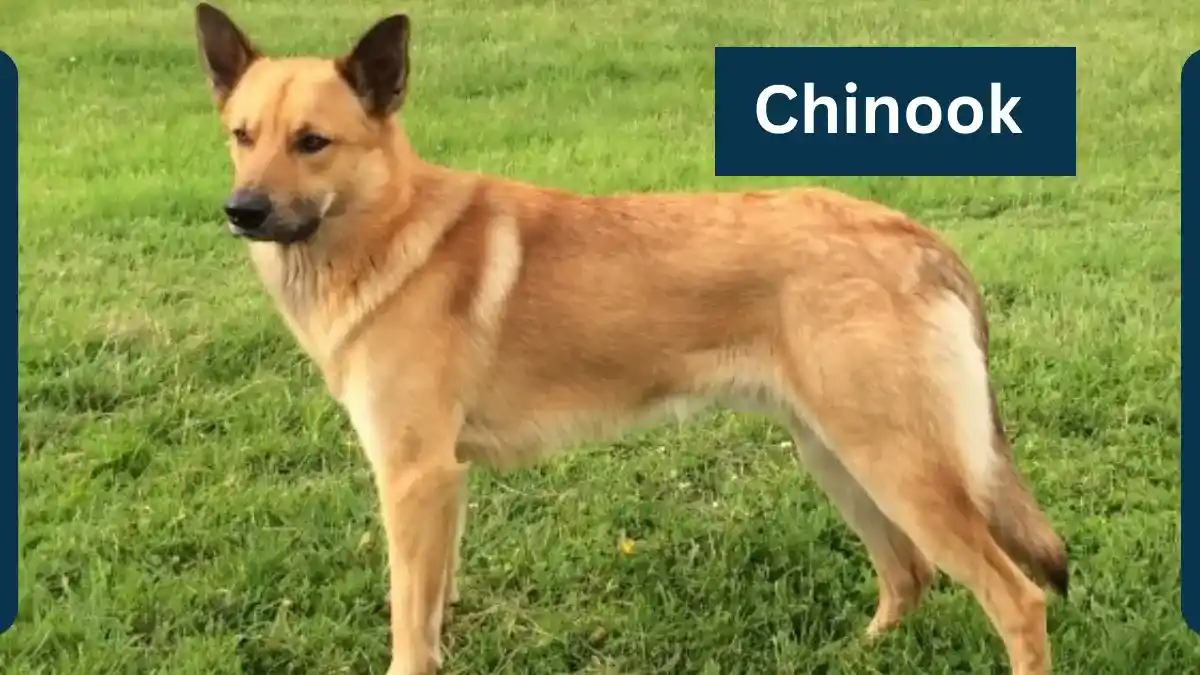Banded Palm Civet Animal Facts | Hemigalus derbyanus
October 17, 2023
The Banded Palm Civet, also known as the Banded Civet, is a small mammal native to Southeast Asia.

Banded Palm Civet
Here is some information about the Banded Palm Civet:
| Topic | Information |
| Scientific Classification | – Kingdom: Animalia |
| – Phylum: Chordata | |
| – Class: Mammalia | |
| – Order: Carnivora | |
| – Family: Viverridae | |
| – Genus: Hemigalus | |
| – Species: Hemigalus derbyanus | |
| Origins and Distribution | Banded Palm Civets are found in Southeast Asia, including countries like Thailand, Malaysia, Indonesia, and the Philippines. They inhabit a variety of forested and lowland habitats. |
| Characteristics | Physical Appearance: Banded Palm Civets have a slender body with a long, banded tail and distinctive markings. They are generally grayish with dark bands and spots on their back and tail, which provide camouflage in the forest. |
| Size: Adult Banded Palm Civets typically measure about 17 to 22 inches (43 to 56 centimeters) in body length, with a tail length of about 13 to 17 inches (33 to 43 centimeters). They weigh around 3 to 4 pounds (1.4 to 1.8 kilograms). | |
| Behavior and Lifestyle | Banded Palm Civets are primarily nocturnal and arboreal, meaning they are active at night and are skilled climbers. They are solitary creatures and are known for their agility in the trees. |
| Reproduction and Life Cycles | Banded Palm Civets reproduce sexually, with females giving birth to litters of one to four young. The gestation period is approximately 2 months, and the young are raised in nests. |
| Diet and Prey | They are omnivores, with a diet that includes fruits, insects, small mammals, and birds. They are known for their role in dispersing the seeds of various fruit-bearing plants. |
| Predators and Threats | Natural predators of Banded Palm Civets include larger carnivores like owls, snakes, and large birds of prey. They also face threats from habitat loss due to deforestation. |
| Interesting Facts and Features | Camouflage: The banded markings on their fur provide excellent camouflage in the forest environment, making them difficult to spot. |
| Fruit Dispersal: Banded Palm Civets play a crucial role in forest ecology by aiding in the spread of seeds from the fruits they consume. | |
| Relationship with Humans | Banded Palm Civets have limited direct interactions with humans. In some regions, they are hunted for their meat or for the pet trade. However, conservation efforts are in place to protect their populations and habitats. |
File Under:







Leave a Reply